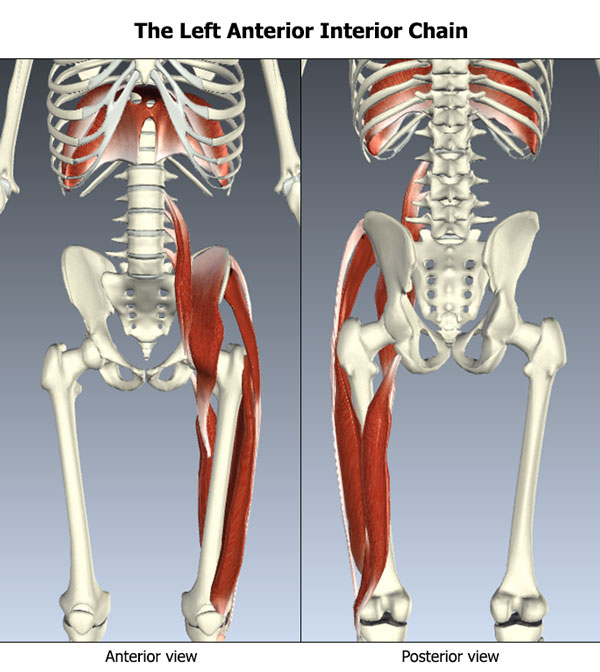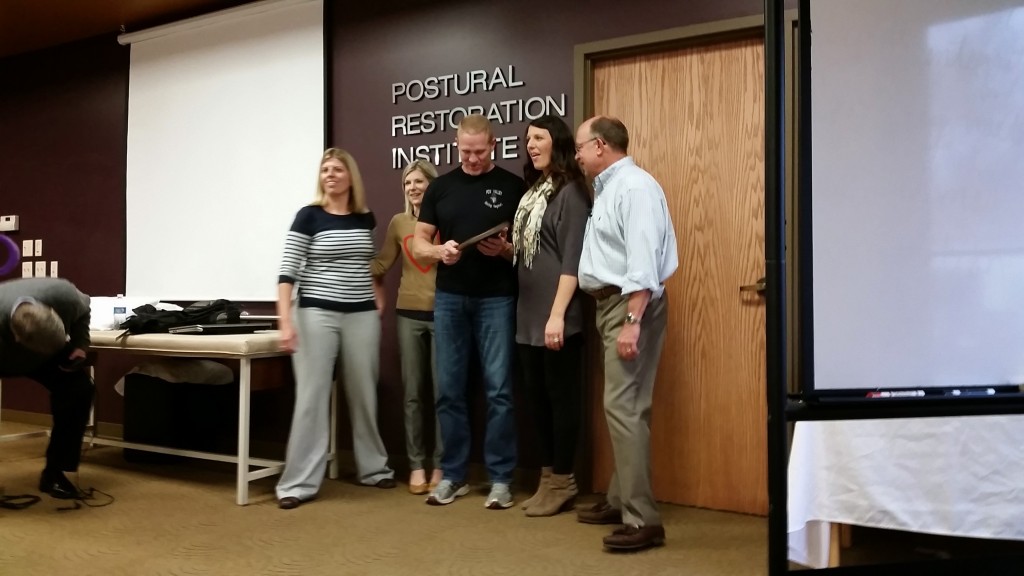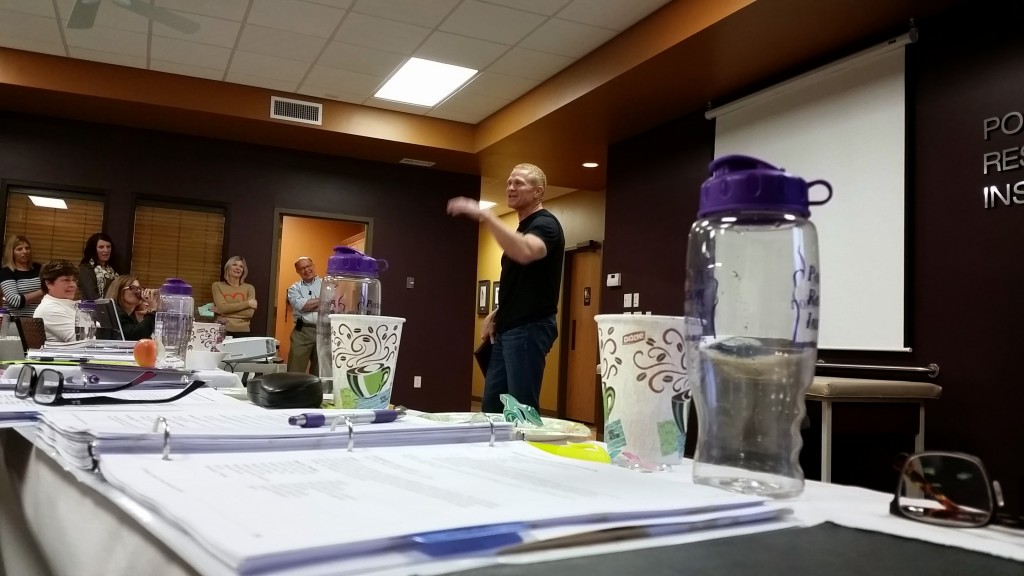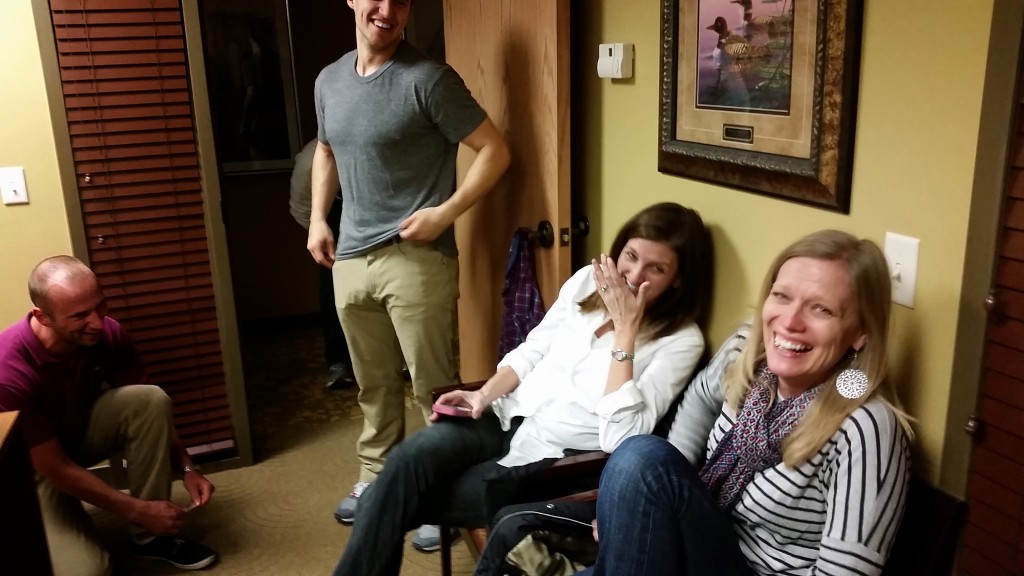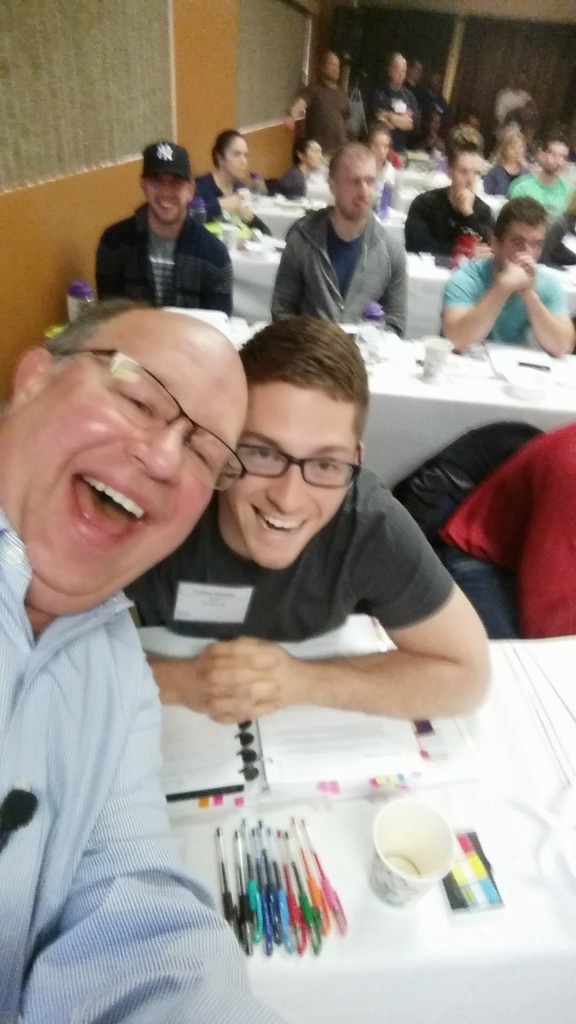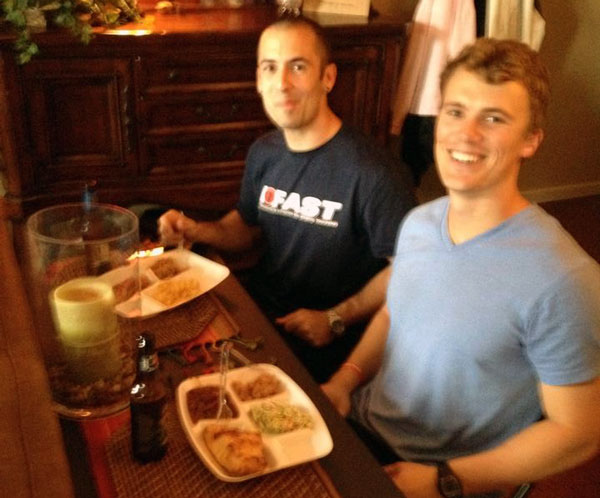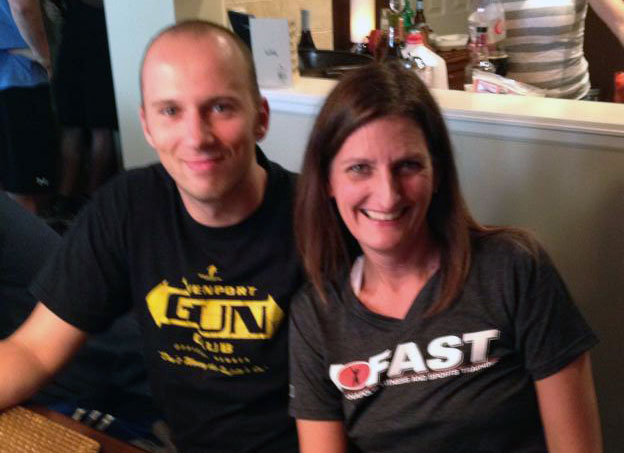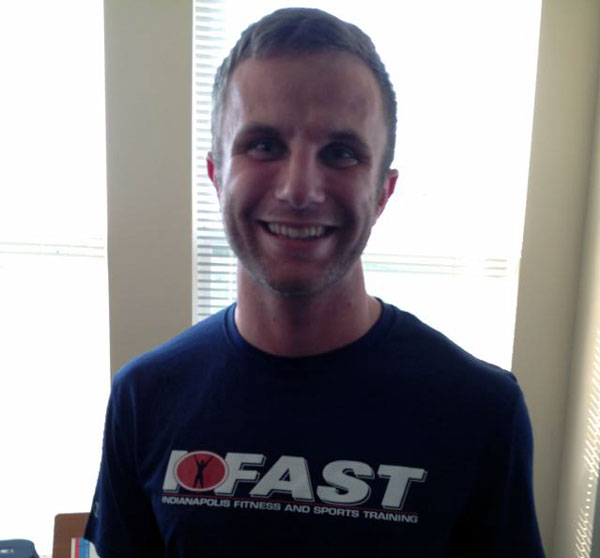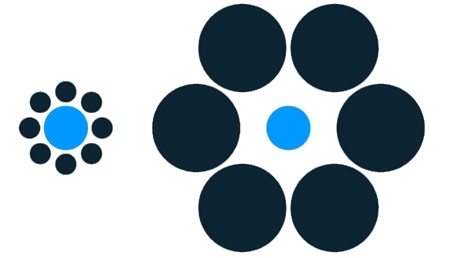This is part III of a four part series. All parts have all been published, so here is part I, part II, part III, and part IV.
Click here to subscribe to my newsletter.
Day 3: Thoracic-Scapula Integration
Day 3 was the first appearance of James Anderson, and this dude knocked it out of the park.
Ron is, well, the king. Lori is the empathizer. Cantrell has patience. J-Poo (THE Jen Poulin) helps you apply. And James makes things visual.
And none of them will baby you.
They’re some of the best teachers in the world, and James made sure we knew that.
Thoracic Scapula Gait Kinematics
PRI is an iceberg.
When Bill first exposed us to it at IFAST several years ago, we saw the tip of the iceberg.
“Oh, so you should foam roll your right adductor, do right clamshells, and left adductor pullbacks.”
The Myokinematic Restoration manual lists a treatment algorithm based on position and pathology. Seeing and feeling the changes from repositioning had me hooked immediately. So, naturally, we had an exercise for each of the first four sections and everyone did them. But can you break stuff down that easily?
Turns out you can’t.
Our initial vision only saw the tip of the iceberg. Now that I’m underwater, I can appreciate just how broad and complex this PRI thing is. My goal with these blogs is to convey this complexity to all of the people who invest their time reading my words.
I try not to post much directly from the manual because I think you should get it and go through it for yourself, but the following list opened the Day 3 section of our manual and I think it is a good representation of the depth of the PRI rabbit hole:
Right Brachial Chain (R BC) or Posterior Exterior Chain (PEC) gait patterns reflect:
- occupational mechanics
- body structure (endomorph, ectomorph, mesomorph)
- health status
- personality
- bilateral or hemi – paravertebral extensor tone
- breathing pattern (ZOA opposition)
- handedness
- frontal plane dysfunction
- cranial neurological orientation (conscious and subconscious)
- girdle impingements (temporal, scapula, or pelvic innominate)
(PRI AI 2014 Manual, p. 162)
Are you considering all of the possibilities?
Bet you didn’t consider the possibility of this picture
Here are the main concepts of this section
- The upper body gait affects the lower body gait
- The trunk consists of about half of our body weight
- If the upper extremity is not stable and mobile, you’ll create a new set of feet on your hands.
Okay, so on to gait. When during gait is my head directly over my feet?
Midstance, correct. Now when is my potential energy highest?
Mistance, correct, because center of gravity (COG) is highest there. What makes it higher?
Thoracic extension, correct. Man you’re good at this. So if I drive more thoracic extension, my COG will go up. If I start up higher like this, but I still need to control my gait, what is needed?
More kinetic energy, correct. Because energy is conserved and, during gait, it is shifted between potential and kinetic energy based on where you are in the gait cycle. This is a simple view, but still effective for learning. Now can I access the kinetic energy I need if I am unable to flex my thorax?
No I can’t, you are correct. So I can’t transfer energy well. Picture efficiency of gait as being like water. Dissention and fighting the forces of nature does not help you, you need to learn to go with the flow.
Normal sagittal plane motion of the shoulder during gait is 6 degrees of flexion and 24 degrees of extension (PRI 2014 AI Manual, p. 166). If I don’t have that arm swing, do you think I’m walking effciently? No way. I don’t have the arm swing to help decelerate trunk rotation and my back has to start working overtime. I’m walking with two feet on my feet and two feet on my hands. I’m no longer a biped.
Same goes for all of those other bullets we talked about. Can’t flex your thorax? You suck at making kinetic energy during gait. Can’t IR your left hip? Can’t IR your right shoulder? Can’t rotate your thorax? Maybe I only notice my right visual field and these limitations are driven from that.
What about those people who can’t stop looking at the ground? As I was giving some exercises to one of our more tenured clients the other day, her positions looked great, except that her head was down. Way down. When I asked her to bring it up and look at the garage 75 feet away, she broke down. Her shakes made it look like a deadlift PR. She needs help learning how to manage space.
Because, you see, if she’s looking down (cervical flexion), then her thorax is extended. In order to flex the thorax, she needs to appreciate appropriate cervical extension. Instead of referencing the ground with her feet, she uses her eyes.
“You need to learn how to push on the floor or the floor will push on you.”
-James Anderson
If we don’t help her learn how to manage space, she’ll use her neck. Do any of your clients have neck stiffness? I know mine do.
Day 3 Conclusion
I hope the physics talk about gait and energy helped you (I know it helped me to go through it).
The majority of James’s talk was on the Superior T4 Syndrome patient, where the right neck becomes overactive. There are complex implications in the position of the rib cage, rotation of the thorax, and various thoracic musculature. You’ll have to get him to tell you about those things. I went over some of it in last month’s Elite Training Mentorship video.
Other bullets from Day 3:
- On rectus abdominis: “I can’t tell if it’s my back or my abs, but the truth is… it’s BOTH.” -James Anderson
- You need a pec to develop power, but not to move a thorax.
- When you see a varus (like in the tibia or the calcaneus), you know they need to overpronate if they’re going to find the floor.

